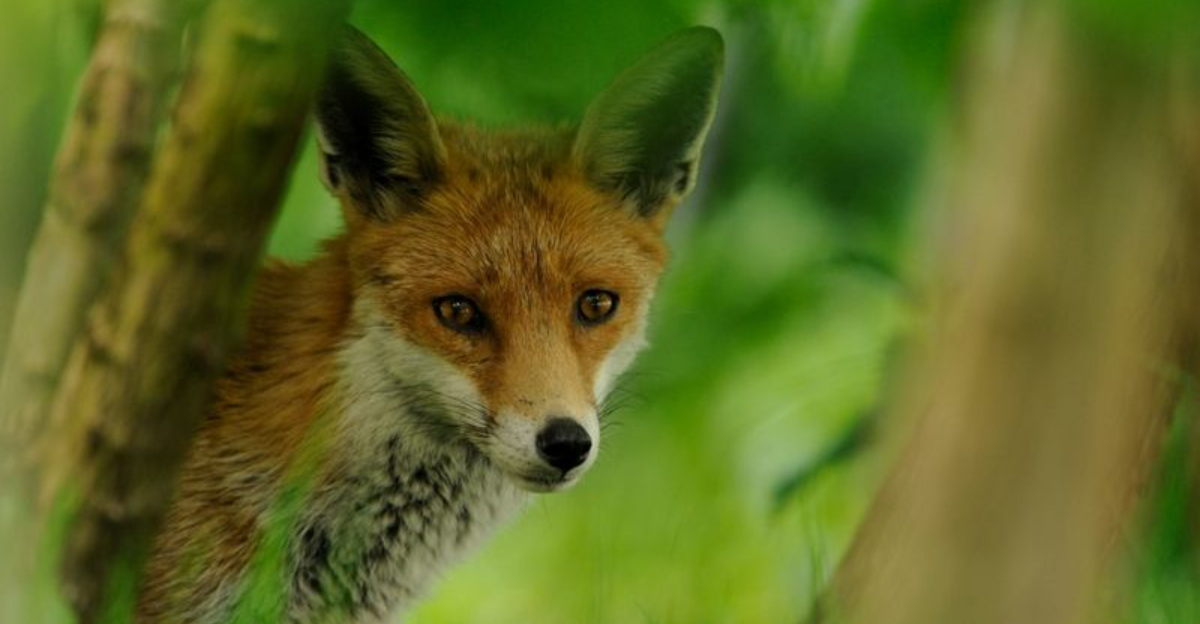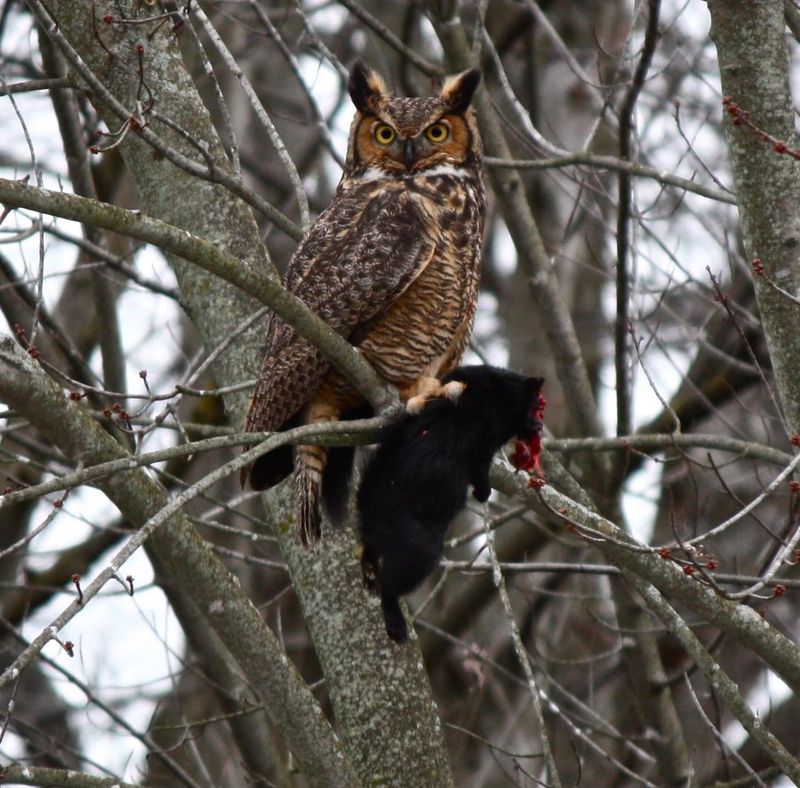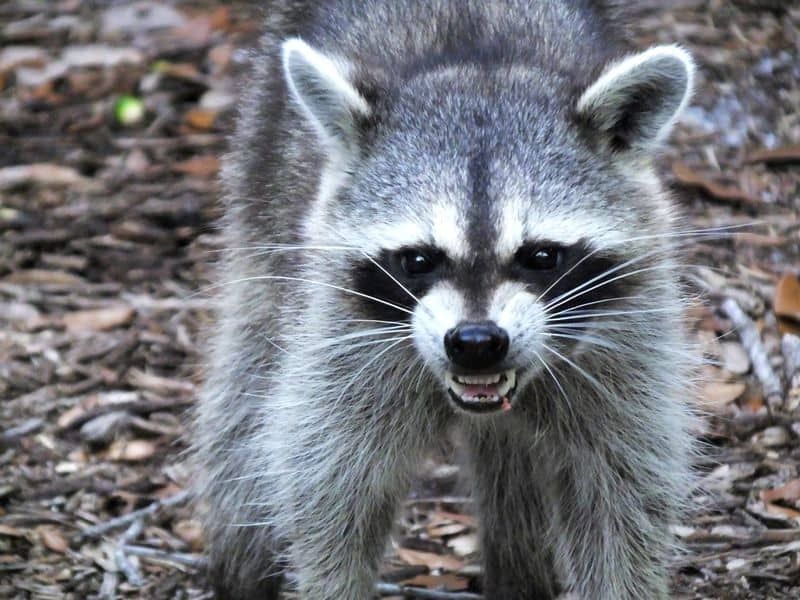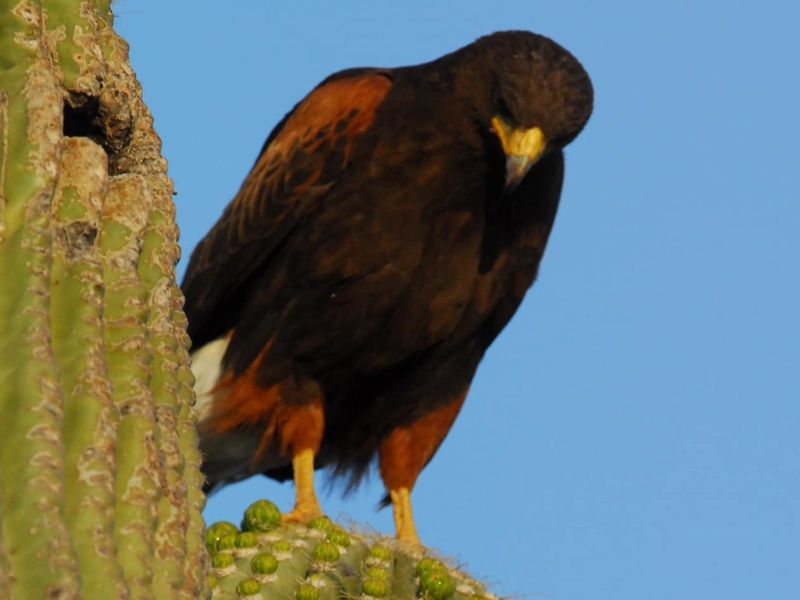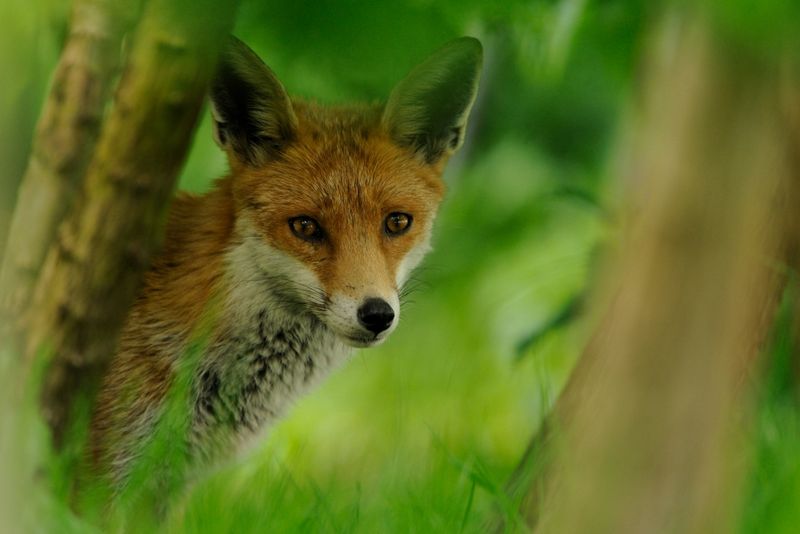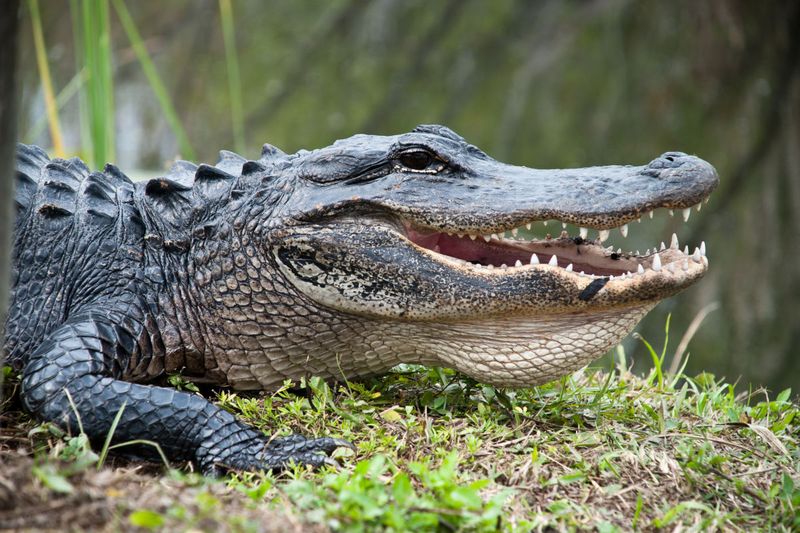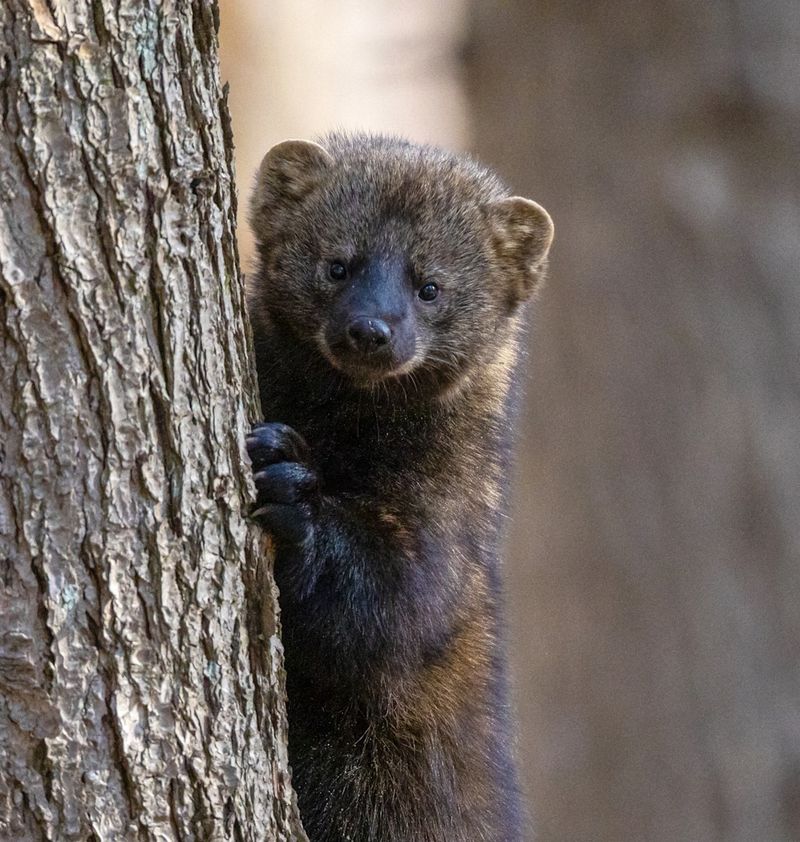📖 Table of Content:
Letting cats roam freely outdoors exposes them to dangers many pet owners never consider. While traffic accidents and disease often top the list of concerns, wild animals present serious threats that can harm or even kill domestic cats. Understanding these natural predators and competitors can help cat owners make informed decisions about their pet’s outdoor activities.
1. Coyotes
Coyotes have expanded their territory into suburban and urban areas across North America, making them one of the most common predators of outdoor cats. These adaptable canines are opportunistic hunters that view small pets as easy prey.
Most attacks occur at dawn, dusk, or nighttime when coyotes are most active. A single coyote can easily overpower an average house cat, though they sometimes hunt in small family groups for larger prey. Coyotes are particularly dangerous because they’re bold enough to enter yards and neighborhoods, especially when food sources are scarce in winter months.
2. Great Horned Owls
Silent hunters of the night, great horned owls possess powerful talons capable of exerting 300 pounds of pressure per square inch. These formidable birds can carry prey weighing up to three times their body weight.
Cats are particularly vulnerable to owl attacks during evening hours when both animals are active. The owl’s silent flight means your cat won’t hear the predator approaching until it’s too late. These birds typically hunt from perches, swooping down on unsuspecting cats. Their range covers most of North America, making them a widespread threat to outdoor felines.
3. Raccoons
Don’t let their cute masked faces fool you. Raccoons can be surprisingly aggressive toward cats, especially when competing for food or if they feel threatened. These nocturnal mammals have sharp claws and teeth that can inflict serious injuries.
Food is often the catalyst for confrontations. Outdoor cat food left in yards attracts raccoons, creating potential conflict zones. Mother raccoons with babies nearby are particularly defensive and may attack cats that wander too close. Raccoons also carry diseases transmissible to cats, including rabies, distemper, and roundworms, making even non-violent encounters potentially dangerous.
4. Hawks
Various hawk species view small pets as potential meals. Red-tailed hawks, Cooper’s hawks, and sharp-shinned hawks are among the most common threats to outdoor cats, especially kittens and smaller adult cats. Hawks hunt during daylight hours, making them a danger when many owners feel comfortable letting cats outside.
They typically spot prey from high perches or while soaring, then dive at speeds reaching 120 mph. Unlike some predators that might be deterred by human presence, hawks have grown increasingly comfortable in suburban environments where bird feeders attract small prey and create an ecological chain that can put cats at risk.
5. Foxes
Both red and gray foxes inhabit rural and suburban areas throughout North America and can pose threats to domestic cats. While adult cats may be too large for foxes to view as typical prey, kittens and smaller cats remain vulnerable. Competition drives many fox-cat conflicts.
Both animals hunt similar small prey and may fight over territory or food sources. Foxes are carriers of diseases, including rabies and mange, that can be transmitted to cats. Urban fox populations have increased dramatically in recent decades as these adaptable canids learn to exploit human environments, increasing the likelihood of dangerous encounters with outdoor cats.
6. Venomous Snakes
Driven by curiosity and instinct, cats sometimes investigate snakes—an encounter that can be fatal. Rattlesnakes, copperheads, cottonmouths, and coral snakes pose serious dangers to cats across different regions. Their small bodies make them especially vulnerable to venom.
Without immediate veterinary treatment, snake bites are frequently fatal to cats. The symptoms include swelling, pain, breathing difficulties, and tissue damage. Snakes typically bite cats when cornered or threatened, not as a predatory behavior. Unfortunately, cats often corner snakes while exploring or hunting, creating dangerous situations.
7. Alligators
Residents of southeastern states face a reptilian threat most cat owners never consider. Alligators inhabit freshwater areas throughout Florida, Louisiana, Georgia, Alabama, Mississippi, and parts of the Carolinas and Texas, where they occasionally prey on pets.
These prehistoric predators are opportunistic hunters that lurk near water edges. Cats approaching water sources to drink become vulnerable targets. An alligator can remain nearly invisible in murky water, with only its eyes and nostrils exposed. Even small alligators measuring 4-5 feet possess more than enough strength to capture a cat. The danger zone extends approximately 6-10 feet from the water’s edge.
8. Fisher Cats
Despite their name, fisher cats aren’t felines but members of the weasel family native to northern forests across North America. These carnivores have expanded their range into more populated areas of the Northeast and Pacific Northwest.
Known for their speed, agility, and tree-climbing abilities, fishers can pursue cats both on the ground and into trees where cats often seek safety. Their powerful jaws and sharp teeth make them formidable predators despite weighing only 8-13 pounds. Fisher cats are primarily nocturnal and crepuscular, hunting during the same hours as many outdoor cats are active. Their presence is often detected through their distinctive screaming calls that sound eerily human-like.
